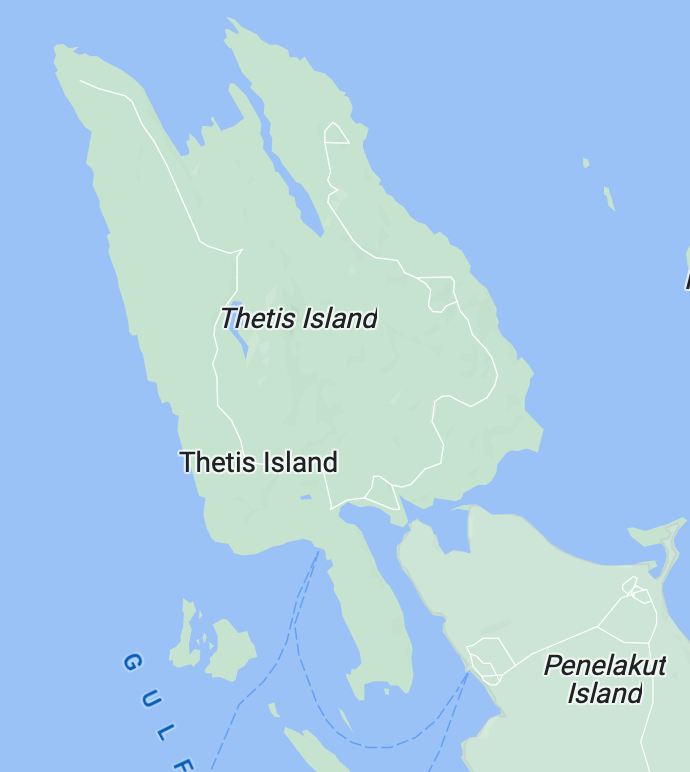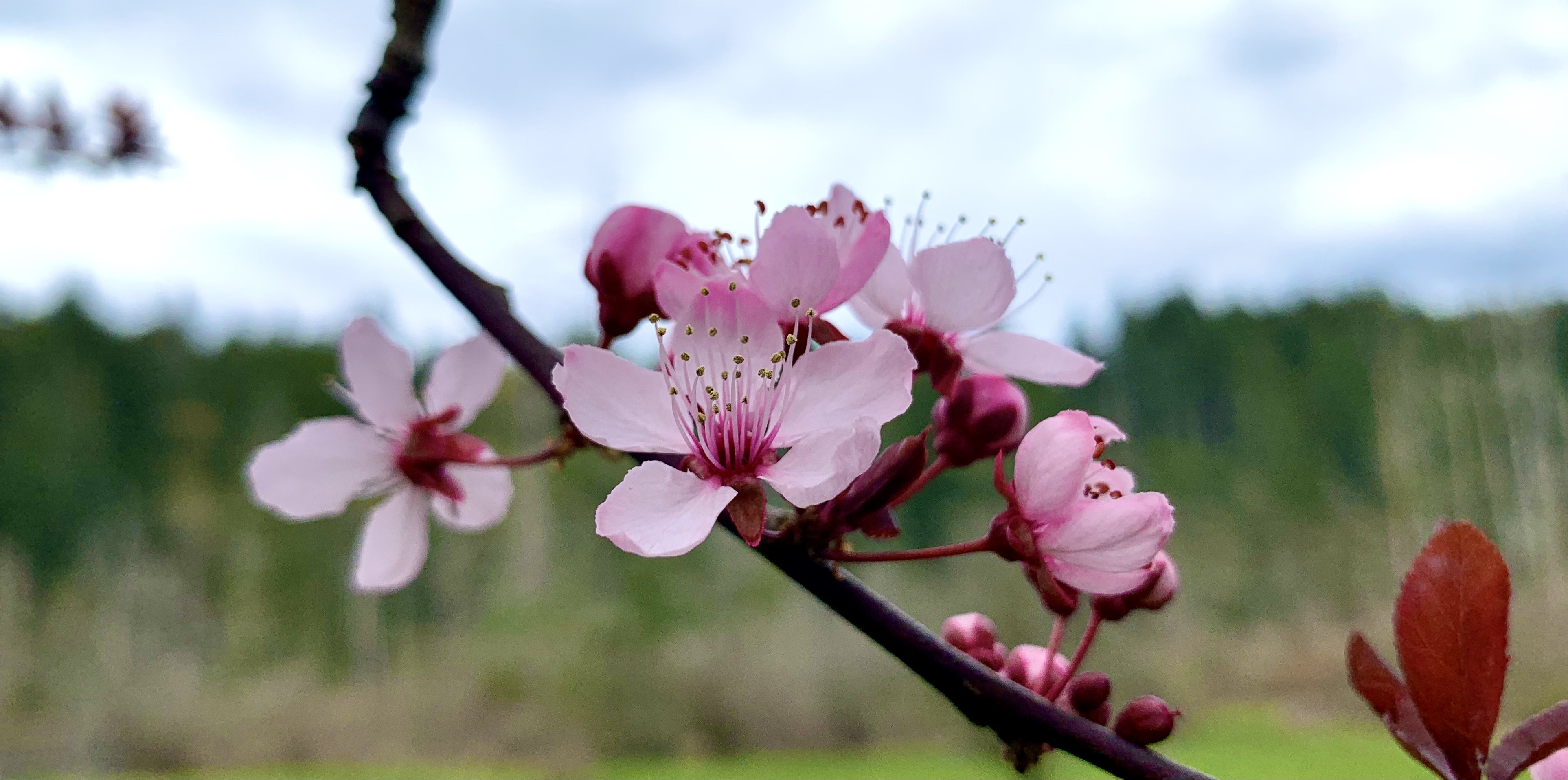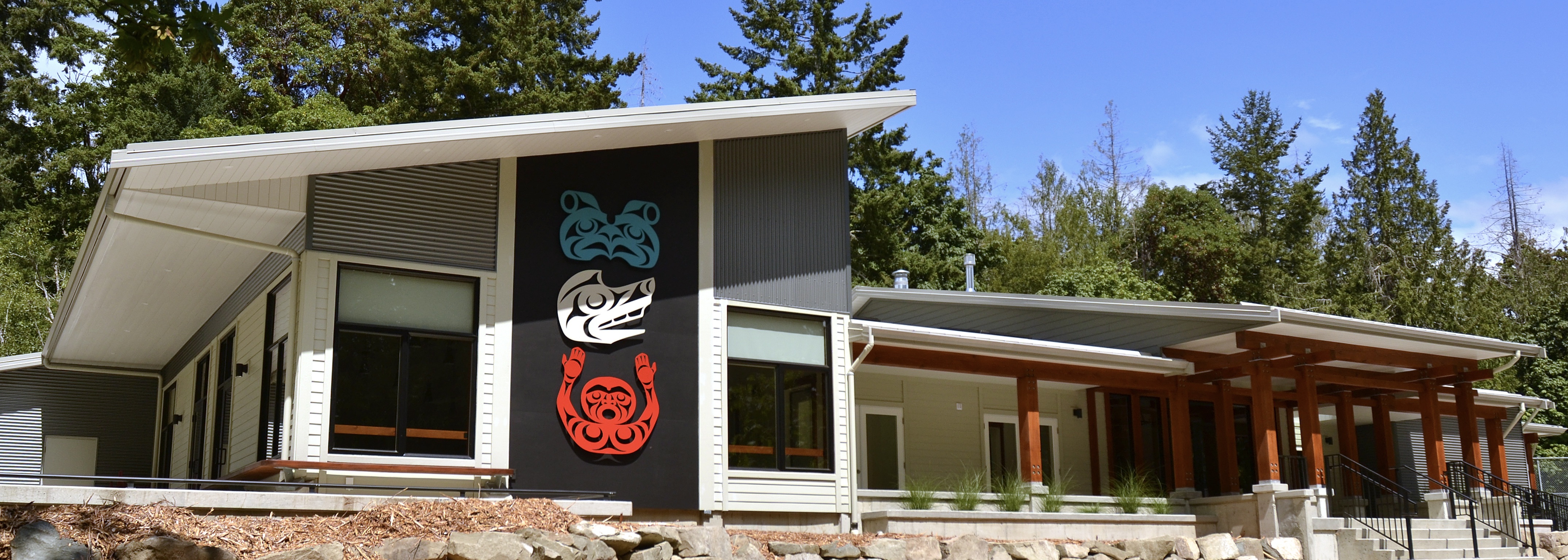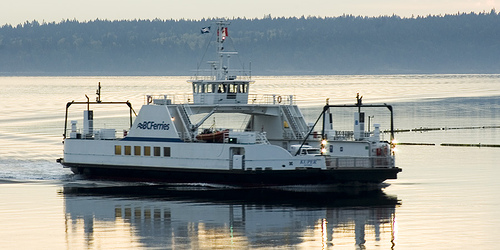Thetis Island Circa 1919
 Tuesday, March 31, 2015 at 2:05PM
Tuesday, March 31, 2015 at 2:05PM Thetis Island circa 1919 photographs are from the private collection of Mrs. Spetifore (nee Roe) given to Grace Dickie for her archives. Mrs. Spetifore was raised in what used to be called “the Roe cabin”, which is the old white house on what is now Carolyn Askew’s property.
 When the Marine Medical Mission owned this property, they always called this “the lower pasture”, a name that may date back to when this photo was taken. This was taken just about in the center of Dickies’ property (lot 294), and it is facing SE. The high angle may have been achieved by the photographer standing on top of the hay wagon shown in one of the other photos. There was a drainage canal along the edge of the trees, and there were several cross-ditches (like the one in the foreground) that drained into the canal. There was a dike across the valley from the center of the photo to the left side, where the low trees and bushes are in the background. The dike had a narrow gap almost exactly at the center of the photo.
When the Marine Medical Mission owned this property, they always called this “the lower pasture”, a name that may date back to when this photo was taken. This was taken just about in the center of Dickies’ property (lot 294), and it is facing SE. The high angle may have been achieved by the photographer standing on top of the hay wagon shown in one of the other photos. There was a drainage canal along the edge of the trees, and there were several cross-ditches (like the one in the foreground) that drained into the canal. There was a dike across the valley from the center of the photo to the left side, where the low trees and bushes are in the background. The dike had a narrow gap almost exactly at the center of the photo.
Today, Vanderhoefs’ property starts about half way back in the photo, Jollity Farm is a little way behind the large trees on the right, Holloway’s is behind the lower trees in the center, and Pilkey Point Road is in the background. The slightly bent fence post on the right is still in place!

This shows George Roe cutting grain, and Alex Black carrying the stooks. The photo is near where Vanderhoefs’ barn and stable are, looking SE.

This shows Alex Black on the ground, and an unidentified employee or neighbour driving the team. This appears to be the same team that was cutting the grain. This hay was headed for the hayloft at what is now the Capernwray barn.
The photo was taken near the south east corner of the valley. This is the area that now has the largest part of the meandering stream that is clearly visible today on Google Earth.
As you can see, the stream was non-existent in 1919 because of the drainage system.

This is a photo of George Roe with a team of draft horses. Note that these are not the same horses as shown in the other photos. This was taken on “the knoll” at Vanderhoefs’, looking just about east. Part of the dike is visible on the left, Jollity Farm is now where the horses are blocking the background, and Dickies’ property is in the background to the left.

This shows George Roe on his Fordson tractor, working in “Telegraph Harbour Field”, near the present location of Caroline Askew’s house, with what is now the Peggs’ property in the background.

This shows George Roe plowing “Long Acre Field” using a circa 1920 Fordson tractor. That model tractor was the first one that Ford made, starting in 1917, so this tractor was at most 2 years old, and truly “state of the art” in 1919! The photo was taken near the present location of Capernwray’s Tree House, looking downhill to Preedy Harbour. The “island” of trees in the background is now Deb Wilson’s property.

This is George Roe, with his children Jean and Freda, using their “landscaping” equipment- the Fordson tractor, pulling a roller and a harrow. The barn is the one that is now used as a gymnasium at Capernwray. At the time of the photo, it was called “the Beddis barn” after Mr. Beddis from Saltspring Island, who designed and built it. Note that, ca. 1919, the barn had only the north one of the two lean-to additions that it now has. In the photo, the huge upper door to the hayloft is clearly visible. This was necessary because, at that time, the hay was not baled, so a very large opening was needed for the horse-powered grapple that lifted huge bunches of hay up to the top of the barn.
 Editor | Comments Off |
Editor | Comments Off | 








